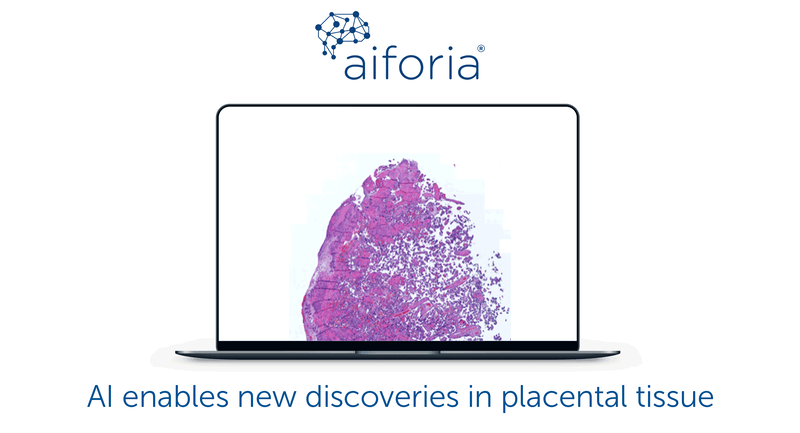Interview with Satu Wedenoja MD, PhD Specialist in Obstetrics and Gynecology at Helsinki University Hospital
Why did you decide to use the Aiforia software?
We wanted to confirm earlier findings of HLA-G down regulation in the preeclamptic placenta and show that the observed low level of expression is not related to the number of trophoblasts in the samples.
What did Aiforia allow you to do that you could not do with traditional tools?
Aiforia was excellent in providing HLA-G/CK7 ratios for protein expression and we were able to show a nice correlation between HLA-G/CK7 protein and RNA expression levels. With Aiforia analysis, we obtained novel data by demonstrating that HLA-G protein down regulation in the preeclamptic placentas was not explained by the lower number of trophoblasts in the placental samples.
Quantitative analysis of protein expression also helped us to demonstrate the association between HLA-G protein expression and fetal sex, which supported the overall conclusions of our study.

What is the biggest benefit of using Aiforia?
Aiforia allowed us to count the number of HLA-G positive cells on the placental tissue sections. Moreover, we were able to calculate the proportion of HLA-G positive cells in comparison with all placental epithelial cells on the slides, stained by the trophoblast marker CK7.
You can read the publication of Satu’s work here at EBioMedicine (Published by The Lancet).